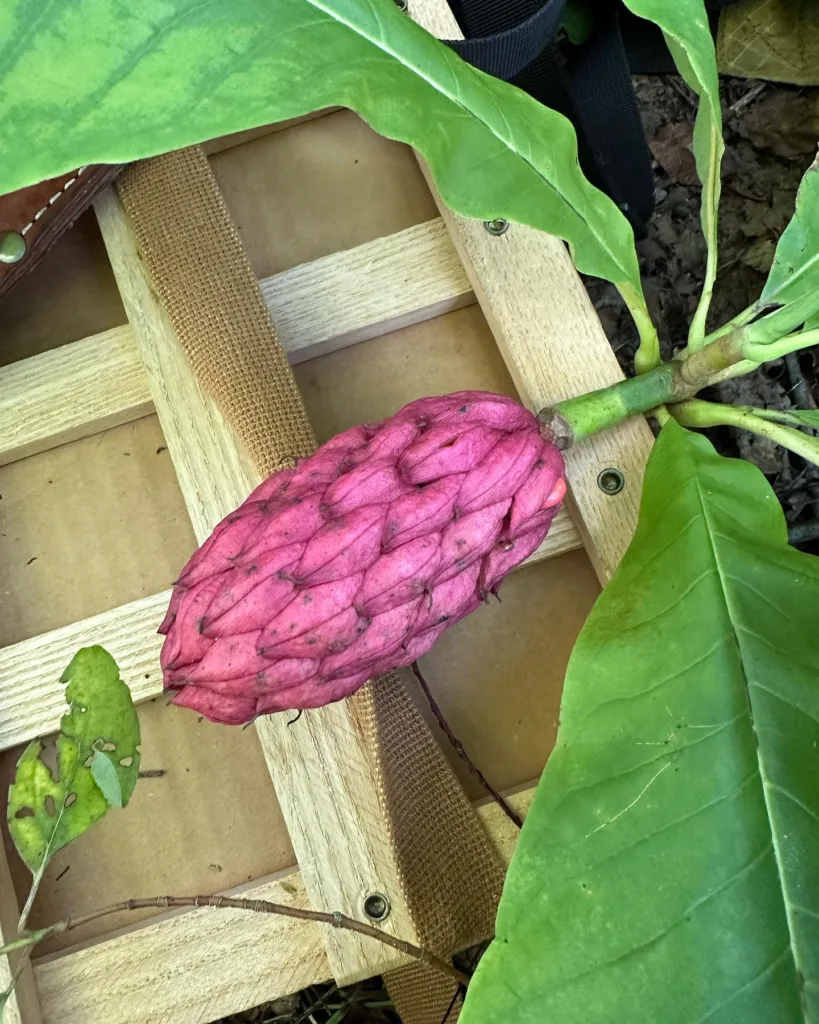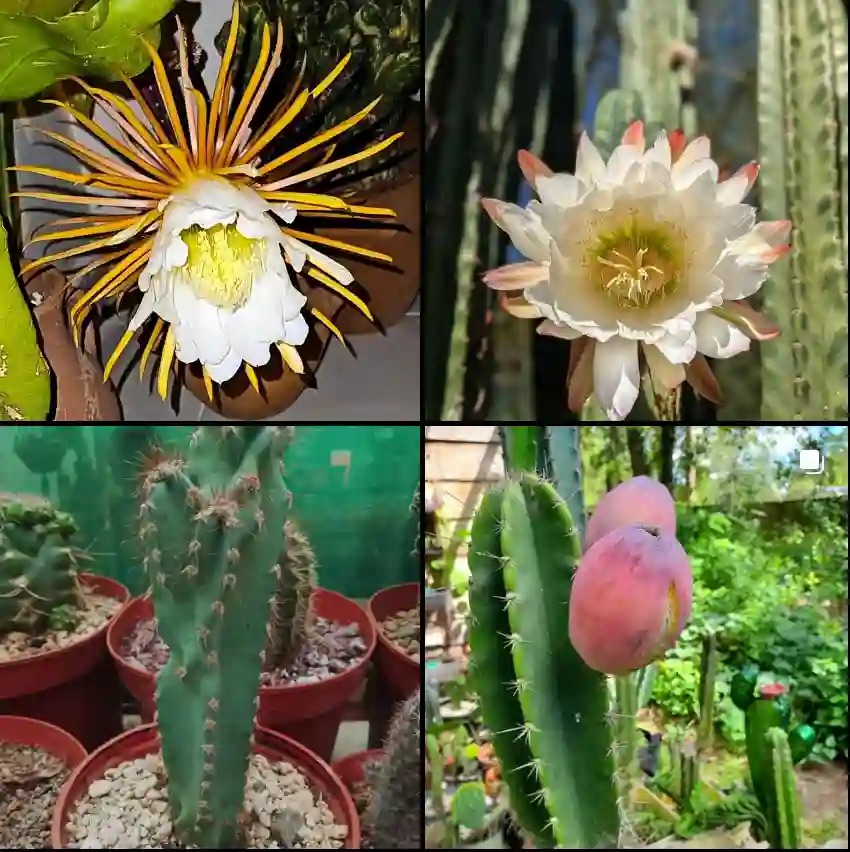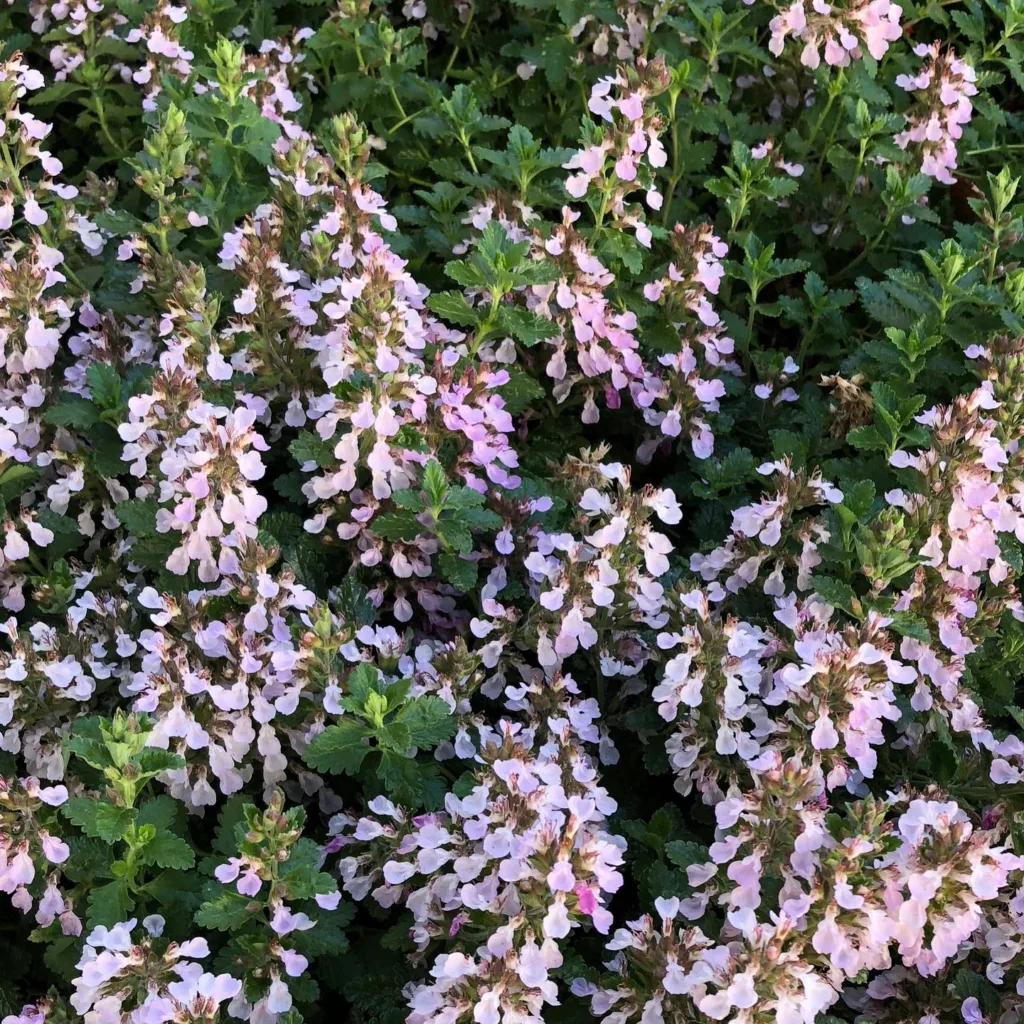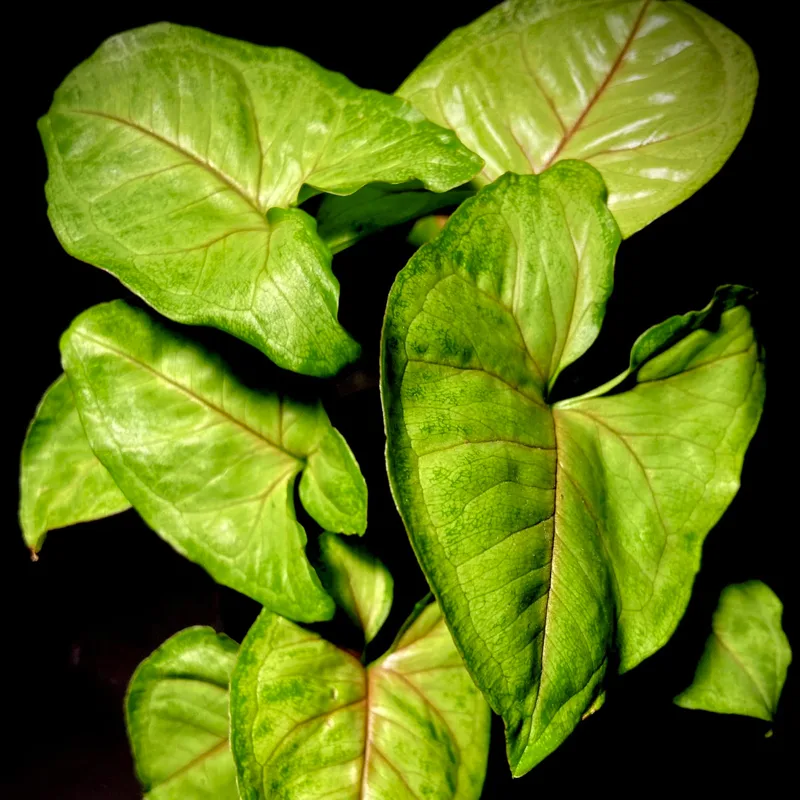What is Coptis Chinensis?
Coptis Chinensis, also known as Chinese Goldthread, is a perennial herb native to China. This plant belongs to the Ranunculaceae family and is renowned for its bright yellow roots, which have been used in traditional Chinese medicine for centuries. The root of Coptis Chinensis contains several bioactive compounds, making it a fascinating subject for herbalists and researchers alike.
17 Species in Genus Coptis
How Was Coptis Chinensis Traditionally Prepared?
In traditional Chinese medicine, Coptis Chinensis has been used in various forms, including teas, tinctures, and powders. The preparation often involves drying the root and then grinding it into a fine powder. This powder can be mixed with water to make a tea or incorporated into other herbal formulations. The traditional preparation is valued for its potent properties and has been used to treat a range of ailments from digestive issues to infections.
What is Coptis Chinensis Good For?
Coptis Chinensis is celebrated for its broad spectrum of health benefits. It is primarily known for its antimicrobial and anti-inflammatory properties. The herb has been used to address digestive disorders such as diarrhea and dysentery, and it’s also recognized for its potential to support liver health and improve overall digestion. Additionally, Coptis Chinensis is believed to have a calming effect on the body and can be used to help manage conditions related to stress.
How to Care for Coptis Chinensis?
Caring for Coptis Chinensis involves providing it with the right growing conditions. This plant prefers a cool, shaded environment with well-drained, acidic soil. It’s important to keep the soil consistently moist but not waterlogged. In colder climates, it may need protection from frost. Regular mulching can help retain soil moisture and keep the roots cool. Fertilize sparingly, as too much can lead to excessive foliage growth at the expense of root development.
How to Propagate Coptis Chinensis?
Propagation of Coptis Chinensis is typically done through root division or seed sowing. To propagate by root division, gently separate the roots of an established plant and replant the sections in a suitable location. For seed propagation, sow seeds in a seed tray filled with a mix of peat and sand. Keep the tray in a cool, shaded area and maintain consistent moisture. Seeds can take several weeks to germinate, so patience is key.
Can You Grow Coptis Chinensis Indoors?
Yes, Coptis Chinensis can be grown indoors, but it requires specific conditions to thrive. An indoor environment should replicate its natural habitat: a cool, shaded spot with high humidity and well-draining soil. Using a humidity tray or a room humidifier can help maintain the necessary moisture levels. While indoor growth is possible, it might be more challenging to achieve the same level of health and vigor as plants grown in their natural outdoor environment.
Is Coptis Chinensis Toxic?
Coptis Chinensis is generally considered safe when used in appropriate amounts. However, as with any herb, excessive use can lead to potential side effects. It’s important to follow recommended dosages and consult with a healthcare professional before starting any new herbal regimen, especially if you have underlying health conditions or are pregnant.
Benefits of Coptis Chinensis
The primary benefits of Coptis Chinensis stem from its anti-inflammatory, antimicrobial, and digestive properties. It can aid in the treatment of gastrointestinal infections, improve liver function, and provide relief from inflammation. Additionally, its potential calming effects make it a useful herb for managing stress and anxiety.
Common Problems with Coptis Chinensis
One common issue with Coptis Chinensis is its sensitivity to environmental conditions. It can be prone to root rot if the soil is too wet, and it may struggle in overly warm or sunny environments. Additionally, indoor cultivation can be challenging due to the difficulty in mimicking its ideal natural conditions.
Coptis Chinensis vs Berberine
Coptis Chinensis contains berberine, a compound known for its significant medicinal properties. While Coptis Chinensis as a whole offers a range of benefits, berberine itself is often extracted and used for its potent antimicrobial and anti-inflammatory effects. Comparing Coptis Chinensis with berberine directly, the former provides a more holistic approach with a blend of various compounds, whereas berberine isolates a specific active ingredient known for its powerful effects.
What to Plant With Coptis Chinensis?
When planting Coptis Chinensis, consider companion plants that thrive in similar conditions. Shade-loving plants like ferns or hostas can complement its growth. Additionally, incorporating ground covers like moss can help maintain soil moisture and create a more naturalistic setting for Coptis Chinensis.
In summary, Coptis Chinensis is a valuable herb with a rich history in traditional medicine. Its preparation, care, and uses highlight its significance in herbal remedies, while its comparison with berberine illustrates its unique contributions to health. Whether growing it indoors or outdoors, understanding its needs and benefits can help maximize its potential.
If i die, water my plants!



